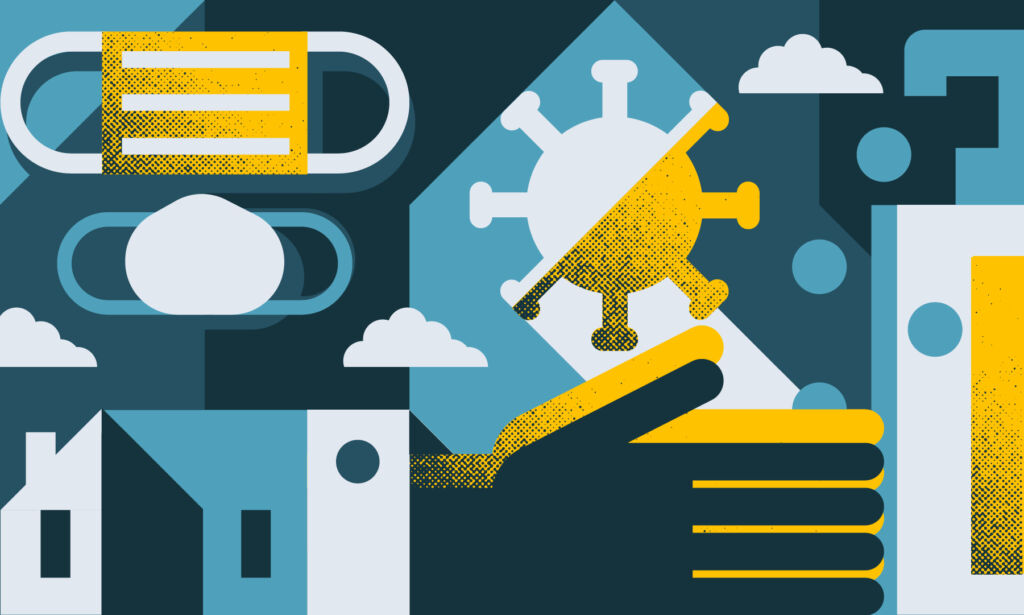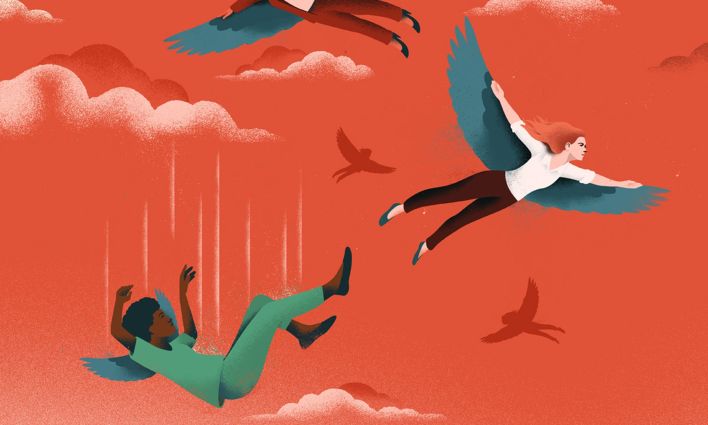The federal government announced some unprecedented measures today in response to the economic hardship and uncertainty created by the COVID-19 pandemic. Things seem bad now and they are going to get a whole lot worse, in a public health sense and in an economic sense. The important steps taken today by the government acknowledge that reality, which is good. More will have to be done, but let’s look into what the government is planning so far.
- Universal EI sickness benefits for COVID-19 (roughly Apr – June 15)
An Emergency Care Benefit was announced that will pay a $450 flat rate per week for 14 weeks (prior income doesn’t matter). You’ll have to apply for the EI or EI sickness benefit first, but if that’s denied you’ll get this one instead. The benefit is for anyone who is ill, who is self-isolating, who is in quarantine, who is caring for someone who is ill or who had to take off time due to school closures. You’ll be able to apply in April. If that seems a little late, it’s because this package of measures has to pass a vote in the House of Commons first.
- Universal Employment Insurance
In 2018, only one-third of unemployed people got EI. There are few details on the Emergency Support Benefit in today’s announcement, but the gist of it was that in April, anyone who is unemployed should qualify for some EI benefits of some kind.
About 1.1 million people were unemployed before this crisis started in February and that number is going to go much higher in the coming months. For roughly half of people who don’t qualify for EI it is because they either have not banked enough hours, didn’t work in ways that allow you to qualify for EI (e.g., in the gig economy or self employment), or didn’t work in the past two years.
Likely, people hoping to access the Emergency Support Benefit will have to apply for EI first, be denied and then move to this secondary system, which will also likely aim for a 55% replacement rate up to the EI weekly maximum benefit of $573. They may also forgo a replacement rate approach and shoot for a full-time or part-time flat rate approach, as happened during the 2003 SARS program for health care workers. This change also needs to pass a House of Commons vote and so won’t come into effect until April.
- GST credit boost (sometime in May)
Every three months, many Canadians receive a deposit from the GST credit. It’s targeted to lower income households, but many families get at least a piece of it. Those receiving it will get an emergency one-time payment of at most $300/adult and $150/child (as you make more, you’ll get less). Those are actually the amounts for the GST credit for the year, so folks will get an extra entire years’ worth of payments in a single payment in May.
- Canada Child Benefit boost (May 20)
Many Canadians with children get a monthly deposit for the Canada Child Benefit (CCB), with the next one coming March 20. The May 20 CCB payment will be at most $300 more per child that time only (the CCB value falls as incomes increase). It would be better sooner and there is another payment on April 20.
- No student loan payments (April – Sept)
Students who are presently making payments on government student loans won’t have to make them for six months. Many students, though, have private bank student loans and will have to keep making those payments.
- 10% wage supplement for small business
If you’re a small business and you want to keep your people on, you’ll be able to get 10% off what you’d remit to the Canada Revenue Agency for employee income taxes. You would have to keep paying the other 90% of employee wages on your own. You can get this supplement up to $25K per business. I have a hard time seeing how much value this will be when many of these businesses will simply close, but it may help in some situations.
- Support for vulnerable communities
New funds will be available for women’s shelters, homeless shelters and Indigenous communities. Many of these people are already in difficult situations and this crisis will only make things worse.
- Massive aid to the corporate sector(Mar – Aug)
While $27 billion was announced in direct government supports for people and businesses, the corporate world won't have to remit $55 billion in corporate taxes or income tax deducted from pay cheques until September. This $55 billion is by no means the same as the first $27 billion in transfers as the $55 billion will be paid, just not for six months. This is mostly a remittance holiday allowing employers to avoid sending in a portion of the source deduction they take off of each employees' pay cheque. They'll no doubt also defer their own corporate income taxes over that period, but it will be a smaller part of the $55 billion.
I’m not generally in favour of massive corporate support, but in an era where speed trumps perfect policy design, this isn’t the worst measure to keep major businesses from going under. They’ll still have to pay their taxes and remit their employees' source deductions, just six months from now. The danger is that six months from now, businesses will argue they shouldn’t have to pay them at all.
In summary, these are some important measures from the federal government. They are not perfect, but time is of the essence. We can’t sweat the small stuff when we’ve laid off the entire retail, food and hospitality sectors in a single week. The effects of keeping them off work for only a few weeks will be economically catastrophic. There has been a focus on sickness benefits for those in self-isolation thus far and that’s important. However, it's soon going to become a sideshow to massive unemployment.
The challenge for many workers is that they’ll have just had their shifts eliminated for the next two weeks, but they won’t immediately count as officially laid-off. And if you quit because you aren’t getting any shifts, you also can’t get EI. Two weeks from now, it’s likely businesses and almost certain that schools will still be closed.
Hopefully by then these workers will be officially laid-off, at which time they can apply for EI, but incredibly, a one-week waiting period is still in place for regular benefits. All told, even with these new measures, workers can expect to see 55% of their income after three or four weeks without pay. That is going to create a very desperate situation for many workers in this country.
Time is of the essence. We don't yet fully realize the scale of the layoffs and their economic impact. Here’s to hoping that governments are already planning for phase two.
Stay up to date: sign up for our newsletter for ongoing analysis of the COVID-19 pandemic in Canada.







